This article may contain paid links where we make a small commission for purchases you make from links that you click from this article. By purchasing through our links, you support us at no additional cost. Thank you for your support ❤️. For more details, read the disclosure page.
Summer in Europe is a dreamy blissful bucket list item for many of us. Sipping Aperol in Italian cities, eating paella in Spain, strolling along avenues of ancient tree lined streets, swimming in the Mediterranean. There are so many amazing things to do in Europe in the summer, so much so that even Europeans don’t tend to go far for their summer vacations!
But knowing what to pack particularly if you are hopping around a few countries, can be an overwhelming challenge! We have road tested what to wear, what tech to bring, and how to juggle the liquids limit even if you don’t check a bag!
Lets jump into the ultimate summer in Europe packing guide!
What To Pack For Summer In Europe

What you will learn from this packing guide
- Learn how to hack the system for budget airline baggage restrictions.
- Plan how to dress like they do in Europe
- Hack tech packing with our go to list of tech gadgets
TOP TIPS FOR TRAVELING TO EUROPE
- Where to stay: We use Booking.com for all of our stays. Alternatively, you can always see if hotel corporate codes might work for you.
- Must pack item: Discovering packing cubes is a real game changer, we love the Eagle Creek Pack-It Specter Cube. They just make sense!
- Car rentals – If you are strictly staying in big cities then you don’t really need a car but if you are taking a road trip you are better to book your car rental in advance. Save the most money through car rental coupon codes and always start your search with Discover Cars and RentalCars so you know what the best deals are.
- Flights – International flights can get expensive so use the Skyscanner “Everywhere” feature to find the best deals from your local airport. Check how much it would be for you to get to Europe!
- Insurance – Not always required but always recommended! Make sure you’re covered with the best travel insurance.
- Hottest deals – Never be without our frequently updated travel deals page.
How To Keep Packing Within Budget European Airline Restrictions

Not all airline baggage allowances are made equal and that has never been more true than when using European budget airlines. Dimensions are confusingly almost always different, with Ryanair generally being the default smallest carry on allowance.
If you are flying in and out with a US or Canadian airline and not taking any intercontinental short flights then you’ll be fine. But if you are packing for a Eurotrip and country hopping you’re going to need to pack smart.
Don’t worry, we’ve got you covered! With these handy tips you can pack light and pack smart, even if you only take carry on bags!
- Carefully check baggage sizes – Don’t assume your bag sizes are the same for every airline, check ahead with each airline you are flying with and keep your bag within the smallest limit. Most of the time airlines will ask you to check your bag size at the gate and if it doesn’t fit you’ll be charged a hefty fee.
- Know the difference between personal item and carry-on bag – A lot of European budget airlines allow a personal item and a carry-on bag, or you opt for the personal item plus a check in bag. A personal item is usually the size of a small backpack and NOT a wheeled suitcase. That is generally counted as a carry-on bag with a 10kg weight limit.
- Get smart with compression packing cubes – It is impressive what you can fit into a personal item size bag if you use compression cubes. I’ve packed an entire week of clothes plus basic tech items into one of those bags with some serious cramming.
- Remember the liquids limit – Some airports in Europe are now phasing out the 100ml liquids limit but majority still restrict your liquids. The general rule is anything that can melt, so that includes hair gels, lip balms, and any non powder make ups. These all need to be in under 100ml containers that then fit within a 1 liter bag. Just to make it extra tricky!
Summer In Europe Packing Guide

Backpacks, Suitcases, And Personal Bags
Once you have figured out what limits you have to work with then you can prepare the bags you are packing with. If you aren’t checking in a bag then go for the option that allows a carry-on bag PLUS a personal item, then pack smart!
Here it can go down to personal preference to a certain extent, if you don’t want to carry a few heavy bags then opt for a small wheeled suitcase and a small backpack for your personal item. The backpack then can double up as your day pack when you’re out roaming each day.
The ‘Personal’ Bag
Think of this as the handbag of your cabin baggage, compact, functional, not meant to hold a lot. But if you pack well this can be a really handy way to grab extra packing space.
The New Outlander is a great multifunction bag to use as your personal item. It is packable and very lightweight but still holds a decent amount of gear. The tricky part is if you are taking a lot of gear (camera, video, and laptop) you’re going to need padded compartments and they can get bulkier. In this instance work out what you can balance between the carry-on and the personal item.
We also always bring the Victorinox Travel Organizer which is great to keep cards, travel documents, money, and pens all in one spot. So when you’re at the airport, just pull out this organizer and you’re good to go to check-in, go through customs, and get through the gate.
The Carry-On
To balance the load, a wheeled suitcase is a good option, just be aware that if you are going through old towns you are likely to encounter uneven ground, and a lot of those cute old apartment buildings don’t have elevators.
Modern carry-on’s have nifty quick-access front compartments, power bank integration, cup-holder, and built-in TSA locks.
If you’re carrying a lot of camera gear, you should definitely take a look at Shimoda and their line of photography and adventure-driven backpacks. Currently, we’re using the Shimoda Action X V2 with a Large Mirrorless Core. For more urban pursuits, the Urban Explore is excellent. Just be careful with weight limits especially if you’re flying a low cost carrier such as Ryanair.
As an alternative, we’re also big fans of the Peak Design 30L Travel Backpack which is packed with features for camera gear. You’ll also need to pair this with a camera cube. For more space, consider the 45L variant.
The Check-In Bag

Having a good check-in is also really important for any trip to Europe but a big part of it will depend on the style of trip, how much you need to pack, and your own preferences. Of course, if you’re in the carry-on only camp, skip this part!
Suitcase
As we mentioned above, suitcases in Europe can be tricky especially with the amount of stairs and cobblestone road. That said, suitcases can totally still work in Europe and will be the best choice, especially if you already have a backpack as a carry-on.
The two main types of suitcases are hard-side or soft-side. The current trend is for hard shell suitcases because of their styling but the drawback is that they get scratched easily and are usually not expandable. Fabric-exterior suitcases may not look as cool but they have more give when it comes to packing more in.
The other feature to consider is how suitcase open up. Some have one top lid cover, revealing a large space. There are others that open up like a book, revealing two separate compartments that can be individually closed off or at least separated by mesh.
Our current favorite is the Db’s Ramverk check-in luggage in the medium size, a hard-sided suitcase that opens like a book. This is what you see in the photo above and we’ve used it on recent trips including throughout Hokkaido, our 7 days in Shikoku, and week in Hong Kong.
PRO TIP: Make sure you get a suitcase with 4 wheels. Also not all wheels are made equal. In this case, the bigger, the better. Hinomoto wheels are the top industry standard.
Hiking Backpack

For many trips to Europe, a hiking backpack makes a lot of sense because it gives you complete mobility which is great for when you’re making a dash to make a train, or simply moving about with local transit where you’re going up and down stairs a ton.
What if you have a day backpack and a big backpack, you ask? Well, you simply wear one in the back and the other in the front.
Your best bet for picking out a backpack will be to visit your local MEC if you’re in Canada or REI if you’re in the US. Going in-store is really helpful because the staff can offer suggestions and most importantly, figure out the right size and settings for your body frame.
The volume you’re looking for is 40L to 65L and a feature to look out for is the trampoline back panel for ventilation.
Duffel Bag
Modern duffels built for travel are a great option as well, especially if you prefer a bag that you can quickly sling onto your shoulder or back. Travel duffels have the distinct advantage of being able to store a lot more and also have a much wider opening than your standard top-loaded backpack.
The best one on the market is the Peak Design Travel Duffel which comes in 4 sizes – 35L, 50L, 65L, and 80L. The beauty of this bag is that you can hand hold it, sling it around your shoulder, or convert the straps to work as a backpack.
Extras
Some airports have plastic bags for you to put your 100ml liquids into but prepare in advance by having one of these ready with all your mini bottles and tubs. Something like this is also useful with the bottles designed to fit snugly within the liquids bag.
Make use of stuff sacks. For t-shirts we love the Eagle Creek organizer that allows you to cram SO MUCH into one nice little neat package. It’s all thanks to the technique of rolling your clothes (see our video). Then simply throw it into the backpack and with the handle at the top, all you have to do is pull it out.
The stuff sack mesh bags are also critical to any backpacker. Get them set up in different colors and that way you keep your pack organized and don’t have to dig through piles of clothes inside the bag. Need PJ’s or that button up shirt? Just pull out the blue bag. Need underwear or socks? Just pull out the orange bag. It makes life so much easier.
- Eagle Creek Pack-It Specter Cube: This packing cube was one of the best discoveries. This helps keep clothes nice and tidy.
- Color Coded Mesh Bags: Any mesh bag will do but make sure they’re color coded.
- Compression bags: You can get pretty crafty with these and pack them tight before slipping into your personal item bag. Just still be aware of the weight, smaller doesn’t mean lighter! So if you put it into your carry-on cabin bag it likely will be weighed and you don’t want to tip over the 10kg limit when you arrive at the gate.
Clothing
Depending on where in Europe you are visiting, you can play around a little with levels of stylishness. For cities such as Barcelona, Berlin, and Milan aim to look a little more groomed, Italians in particular are known for being VERY well put together so try to blend in a little. Have some fun with it!
This is a general idea of how much you need to pack and what my go-to items tend to be. You don’t need to go wild with loads of options, stick to a theme, and then it’s easier to mix and match your outfit.
Something to keep in mind is that it also gets very hot in Europe in the summer so you’ll want to find a nice balance between style and staying cool.
- Shirts and T-shirts: Pack a couple of good button down shirts, linen and cotton is better for heat and humidity in the summer. Then maybe 5 t-shirts, you don’t really need many more if you utilize hand washing as you go. Do one or 2 a night and you’ll never run out of clean clothes. We recommend a nice mix of dry-fit shirts like the Arc’teryx Cormac and Unbound Merino t-shirts that can be dressed up or down.
- Underwear: Similar idea, budget in 7 sets of socks/underwear for 14 days. If you plan to be in flip flops or sandals more often then just pack a couple of pairs of socks for whenever you wear sneakers. Our go-to underwear is the ExOfficio Give-N-Go, the best travel boxers hands-down.
- Pants: Jeans are a no-no, they are heavy and hard to pack when short on space. Pack a couple of pairs of shorts, cargo pants also work especially if they are those you can zip the pant legs off to turn into shorts. Then have one or 2 pairs of good Unbound Merino travel pants that you can wear to smarter places. European cities tend to be quite stylish so these clean and comfy pants will help you not stand out like a tourist everywhere.
- Swim gear: Versatility is key. We love Billabong hybrid shorts because they’re perfect for the water but they also look fantastic on land. Also pack in a quick dry towel, don’t make the mistake of buying a small one. It’s just not worth it to annoyingly dry yourself with something the size of a hand towel. This one is great because it’s large (XL in fact), packs into a small form factor, and dries quickly. While mostly used in hostels, this is the kind of thing that’s always nice to have with you because you never know.
- Waterproof layer: In most cases, we prefer having this waterproof jacket versus an umbrella. Shells like this are perfect for traveling because they’re versatile, light, and easily packable.
- Warm layer: Depending on where you are in Europe there might be some cooler evenings, pack a lightweight sweater to throw on or use your waterproof light jacket as your extra layer.
- Headgear: The Outdoor Research Radar Pocket Cap is a great travel hat because you can fold the brim and put it in your pocket when you aren’t using it. Another a great addition is Buff Headwear, you can wear on your wrist to wipe sweat away or around your neck if it’s cold or even on your head if looking for more protection from the sun. It’s a pretty sweet piece of travel gear that everyone should own. Read our full review of the Buff.
- Sunglasses: This is a summer in Europe packing guide after all, sunglasses are an essential part of your packing list! We are big fans of Maui Jim so always pack the a pair in addition with to Croakies to keep them around our neck.
Footwear

With a couple of solid basics you can cover most options, hiking along cliffside paths, exploring cities, or hitting the beach. Pack smart and you are prepared for anything!
The obvious rule also goes that it is a terrible idea to pack shoes you’ve not worn in. The last thing you want is to spend the first day in your new shoes to find they have caused terrible blisters! You’ll spend the rest of your trip uncomfortable. So get those shoes good and worn in before putting them in your packing!
- All purpose comfortable walking shoes: The most comfy shoes we’ve found for extended walking is the Altra Lone Peak 8. These are game-changing zero-drop trail running shoes. For a proper hiker, the Merrell Moab Ventilators Hiking Shoe are one of the best in the market.
- Sandals: I have reviewed Rainbow Sandals extensively before but we can’t go on a summer trip without Keen’s Newport H2’s (read our review). They’re extremely comfortable and can handle being in the water, and perfect for the beach.
- Smart shoe: For the ultimate shoe that can be dressed up, casual, and also waterproof at the same time, the Vessi Everyday Classic might be able to replace all of the above shoes.
Toiletries
While you can pick up most things when you get to Europe, if you are hopping on and off flights between a few destinations you could be wasting a lot of liquids. So get those travel sized bottles ready and remember your essentials.
- Hair stuff: Gel, hairspray, putty – whatever is your go-to.
- Face cleanser: We love the Cetaphil Face Cleanser, but pack whatever works for you.
- Body wash, shampoo and conditioner: Unless you have super sensitive skin or unruly hair an all in one works pretty well.
- Sunscreen: If you have sensitive skin remember one for your face and another for your body. Our current favourite is the La Roche-Posay for face and reef-friendly Sun Bum 50 SPF for everywhere else.
- Chapstick: One with sun protection is a great idea.
- Toothpaste and toothbrush: Those toothpaste tabs can also work well if you are short on liquid space. It can be a bit overkill but a portable Sonicare toothbrush is great, just charge to full before you leave.
- Off Mosquito Repellent: Depending on the time of year and where you are in Europe, mosquitoes can be a problem. It’s always good to have one with you in case.
- Nail Clippers: I don’t know about you but hangnails are the worst. Don’t forget to pack your favorite nail clippers. These are allowed on carry-ons according to the TSA.
- Emergency medication: Have a supply of meds like bandaids, Reactine and Immodium. Better to be prepared than caught short and scrambling around looking for a pharmacy.
- Hanging Toiletries case: Once you’ve got your liquids through security you can transfer it to a more user friendly bag. The Peak Design Small Wash Pouch is our go to. It is simply designed and has a great set up of pockets, zippers and elastic holders. The must-have feature for any toiletries organizer is the hook. Hanging your bag is always a better option than letting it sit on the sink especially if you’re using hostel bathrooms.
Miscellaneous Electronics

If you aren’t packing a whole tech section like us (travel blogger life!), these are solid basics to keep you covered with everything you need.
- Waterproof phone case: This soft case is great because it’s extremely easy to roll away and still provides you touch control if you put your phone inside. Only bring this if you think there’s a chance you’ll go out into the water (i.e. kayak or canoe).
- Plug Adapters for UK and EU: It is good to have a random assortment of plug adapters to hand, we have plenty we’ve collected over the years. Always do your research beforehand but in Europe you’re mostly dealing with these two types of plugs. Universal adapters are good but the problem is with all the devices you have you’ll need multiple. An individual travel adapter like this are more useful.
- Chargers and Cables: I pretty much throw all the random cables, chargers, and power bank into a Peak Design Tech Pouch and stash away in your day pack or suitcase. The organizer is really helpful to stop cables getting tangled and keep them all in one place.
- Power Bank: We have so many power-hogging devices these days so it’s critical you have a quick-charge and small battery power bank that has both USB-C and USB-A outlets.
- Shaver: There’s been a lot of advancements in portable shavers. This palm-sized and USB-chargeable shaver is a great one to have in your packing list.
- Smartphone: You’re probably not going to forget this but make sure you have this loaded up with the apps you need for the trip, offline Google maps saved, and your eSIM such as Airalo set up. We use the Peak Design Everyday Case.
- Headphones: Keep yourself entertained during plane and train rides.
Additional Extras
Here are a few extra things you might need to add to your summer in Europe packing guide but it is entirely a personal preference.
- Money Belt: We have a love-hate relationship with the money belt. On one hand, it was a savior when my backpack was stolen in Paris many years ago. On the other hand, it’s annoying, uncomfortable and sweaty to wear all day. As an alternative, there’s also the infinity scarf with built-in hidden pocket, bra wallet, or neck wallet.
- Student Card: If you have a student card, don’t forget to pack it. Some tickets
- Travel Wallet: If you want to switch up from the wallet you use at home so as not to confuse currency and travel cards, the Sea To Summit Travel Wallet is great because it has a zippered component for coins and has tons of slots and dividers.
- Carabiners: This is one of our secret packing hacks that’s super handy to have. For example if you have a small shopping bag, instead of holding it, you can hook the bag to the carabiner and the carabiner to your backpack. Our favorite is the S-biner, an s-shaped carabiner.
- Reusable water Bottle: Arrive at the airport with it empty and utilize the refill water fountains in most bathrooms to fill up before you get on the plane.
- Luggage Lock: TSA-approved luggage locks are useful for your suitcase if there isn’t one built-in or you can use it to close up backpack zippers.
Tech Gadgets
- OM System OM-1 Mark 2: We’ve been a OM System (previously Olympus) photographer for over 10 years and this is their newest camera body. We love using micro four thirds because the gear is much smaller and lighter than full frame. In addition, OM System cameras are weather-proof which is key for travel. All of our photos and videos are primarily shot with this camera system.
- OM System M.Zuiko ED 12-40mm F2.8 PRO II: We travel with more lenses than this but this one is our best all-around lens that can shoot wide but also has some reach as well.
- Peak Design Travel Tripod: This is always a tough choice but I usually end up packing it just in case we’re photographing anything that requires long exposure or if we both need to be in a shot. We use the carbon-fiber version of the tripod which we’ve reviewed.
- Peak Design Mobile Tripod: Small and mighty, this perfectly pairs with the Everyday Case and allows us to prop our phone up for group photos and videos.
- Insta360 X4: You’ll be surprised to hear that we no longer use GoPro anymore. The Insta360 is an awesome action camera because you don’t need to worry about framing anymore and figure it out later in post.
- DJI Mini 4 Pro Drone: Our current travel-friendly drone.
- Rocket Air Blaster: An essential part of our camera kit as a first step to remove dust from lenses.
- Lens Pen: The set of lens pens is incredibly handy to make sure your lenses are dust, water-drop, and fingerprint-free. The smaller one is also useful to clean the camera viewfinder and drone camera.
- 14″ M3 MacBook Pro: This is our powerhouse laptop that can handle all of our photo and video editing needs.
Things You Probably Didn’t Think About
- Two separate photocopies of your passport, credit cards and other important cards – After making the photocopies, just make sure they are stored in two separate bags. If you ever get one stolen, you’ll always have the other. This is a worst case scenario kind of thing where if you lost your passport and need some sort of way to prove your identity to the embassy.
- Call your credit cards – Before you head out, it takes literally 5 minutes to call each credit card company and let them know about your travel plans.
- Adjust your camera clocks beforehand – A huge pet peeve is having the wrong timestamp on photos and videos. The best way is to either adjust it beforehand or you can also set up a calendar reminder to pop up when you land.
- Format your memory cards – The worst is when you start taking photos/videos with your camera and you run out of memory really quickly because you forgot to clean out the old photos from a previous trip. At this point, you’re stuck with switching to a new memory card or deleting old photos one at a time which is extremely painful.
That should have you covered! It might seem like a lot but if you aren’t packing the extra tech like we do you’ll have plenty of space for souvenirs. Hopefully these packing tips have given you an idea of things to think about when you start throwing things in the corner as the lead up to procrastination of packing.
Frequently Asked Questions
Can you pack for 2 weeks in a carry on?
Absolutely yes! If you pack smart and plan your outfits so you can have multiple combinations with a select few items. Also utilise the carry on and personal item rule so you can stuff an extra smaller bag for your personal item with essential extras.
Do I need jeans in Europe in summer?
Likely no. More northern countries will be cooler so you could wear jeans but unless you travel wearing your jeans they can take up extra weight and baggage space than a more lightweight pair of trousers would.
What to wear in summer in Europe?
The key is layers, mediterranean climates are generally pretty warm in summer but if you are by the coast there can be a cooler breeze at night. If you are heading to the UK or Ireland you will still need to prepare with either an umbrella or a waterproof layer, rain is always expected!
Travel Resources For Your Next Trip
If you’re in the process of planning your trip and putting together your itinerary, these are genuinely the best resources that the Going Awesome Places team stands by 100%.
Credit cards: Don’t get burned by hidden fees on top of terrible exchange rates. When we travel now, we use the Wise Card. Simply load it with the currency you need before you go and use it as a regular VISA or their digital wallet card. Use their free app to track how much you have and top up when you need to.
Flights: Of all the booking search engines, Skyscanner is the most helpful and easy to use thanks to their Everywhere feature. Kayak is also another that’s we will often check as well.
Car Rental: If you’re looking to save money, these car rental coupon codes will be a true game-changer. Otherwise, DiscoverCars and RentalCars are great places to start.
Airport Parking: You’ll need a spot to leave your car at the airport so why not book a spot at a discount. Use code AWESOME7 to get at least $5 off at Airport Parking Reservations or Park Sleep Fly packages.
Wifi Hotspot: We’ve been a huge fan of wifi hotspot devices such as PokeFi (use code GAP24300) because their rates are are hard to beat and it works globally. Solis is another that we recommend. Pros are that you can share the wifi with your whole group but cons are that you have to invest in a device and you have to charge it every night.
eSIM: Lately, we’ve really loved using eSIMs. The one we find using the most is Airalo. Save money by getting region-specific eSIMs and use referral code WILLIA9500 to get $3 USD credit on your first purchase. Ubigi is another one that we’ve had success with where they uniquely offer 5G coverage. Use code AWESOME10 to save 10% on your first order. The newest eSIM we’ve tried is KnowRoaming that sneakily has great rates on unlimited plans. We’ve partnered with them to give you a custom code GAP10 to save you 10%.
Hotels: Our go-to is Booking.com because they have the best inventory of properties including hotels and B&Bs plus they have their Genius tier discounts. Expedia is also worth using especially with their One Key rewards program which is basically like cash. The exception is Asia where Agoda always has the best prices. Always do a quick check on TripAdvisor as well.
Vacation Rentals: Your first instinct will be to check Airbnb but we always recommend checking VRBO as well if you’re looking for a vacation rental (now eligible for One Key).
Tours: When planning our trips, we always check both Viator and GetYourGuide to at least see what’s out there in the destination that we’re going to. They often have different offerings and prices so check both.
Travel Insurance: Learn how to buy the best travel insurance for you. This isn’t something you want to travel without.
- HeyMondo – Popular insurance provider for frequent travelers and comes with great coverage and special perks.
- RATESDOTCA – Search engine Canadians looking for the cheapest insurance including multi-trip annual policies.
- SafetyWing – A perfect fit for long-term nomads.
- Medjet – Global air medical transportation.
- InsureMyTrip – Best for seniors, families, and those with pre-existing conditions.
If you need more help planning your trip, make sure to check out our Travel Toolbox where we highlight all of the gear, resources, and tools we use when traveling.


![10 BEST Camera Backpacks for Travel [2024 Guide]](https://www.nomadasaurus.com/wp-content/uploads/2022/02/Best-Camera-Backpack-Feature.jpg)

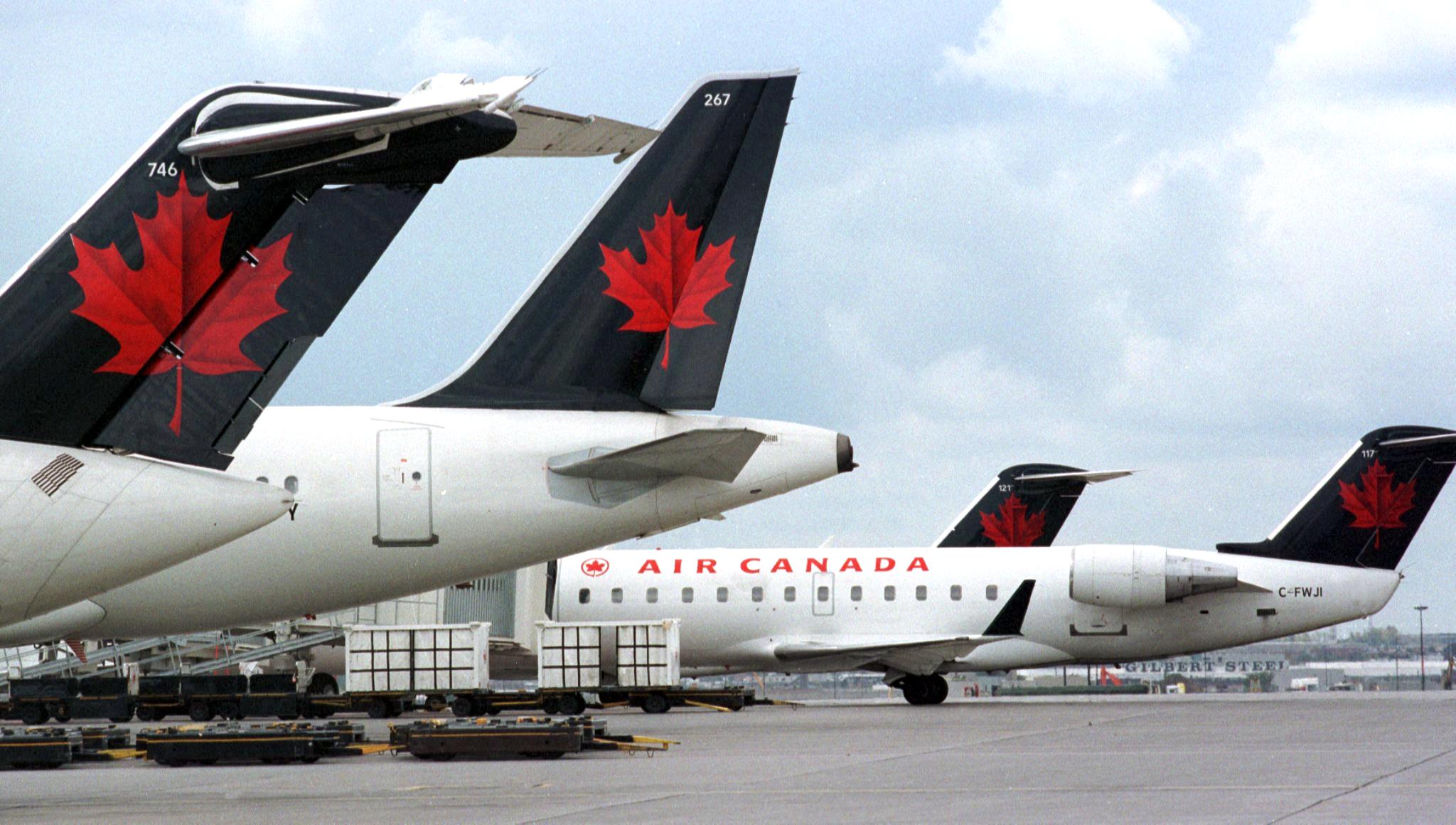

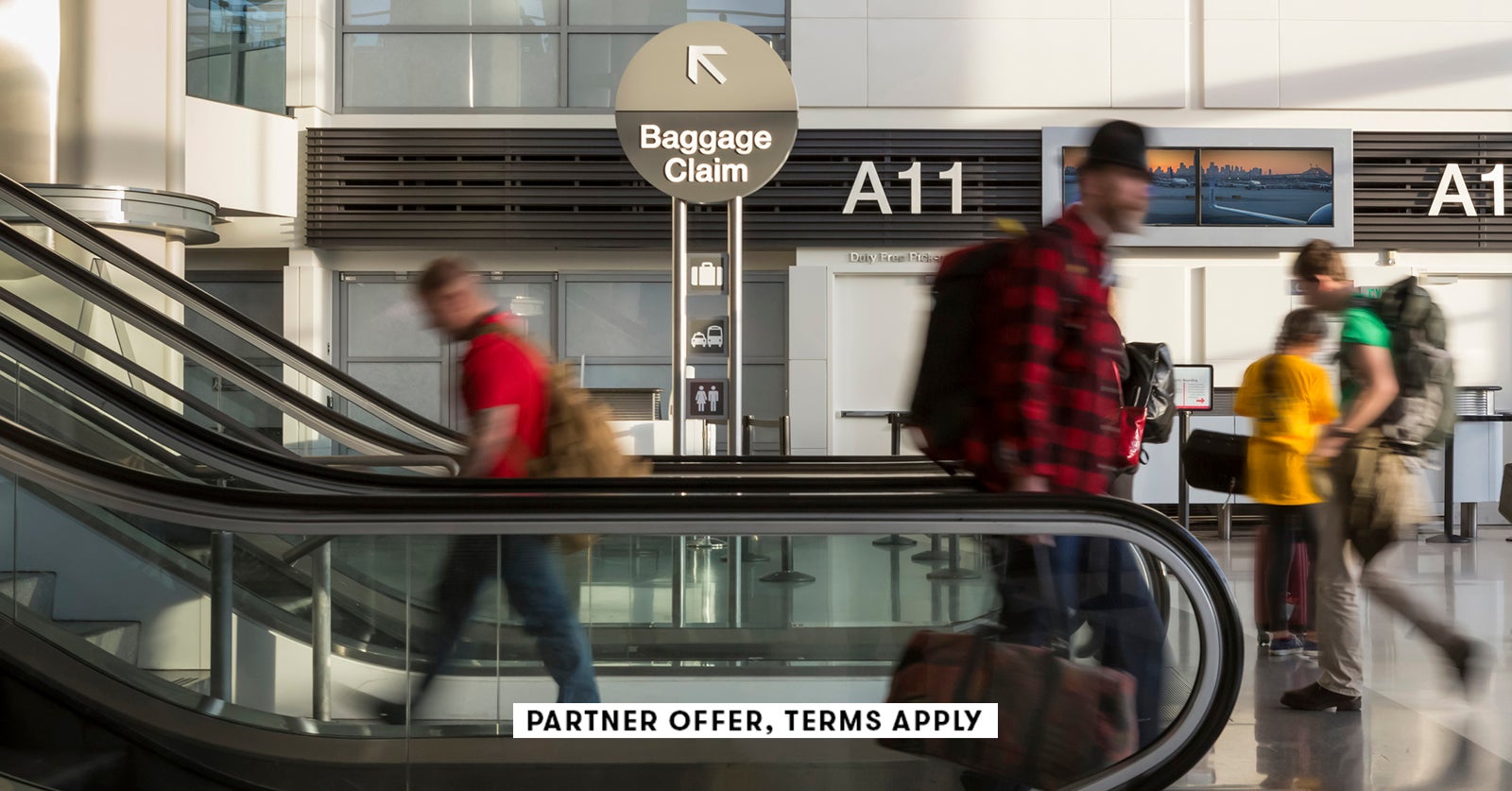
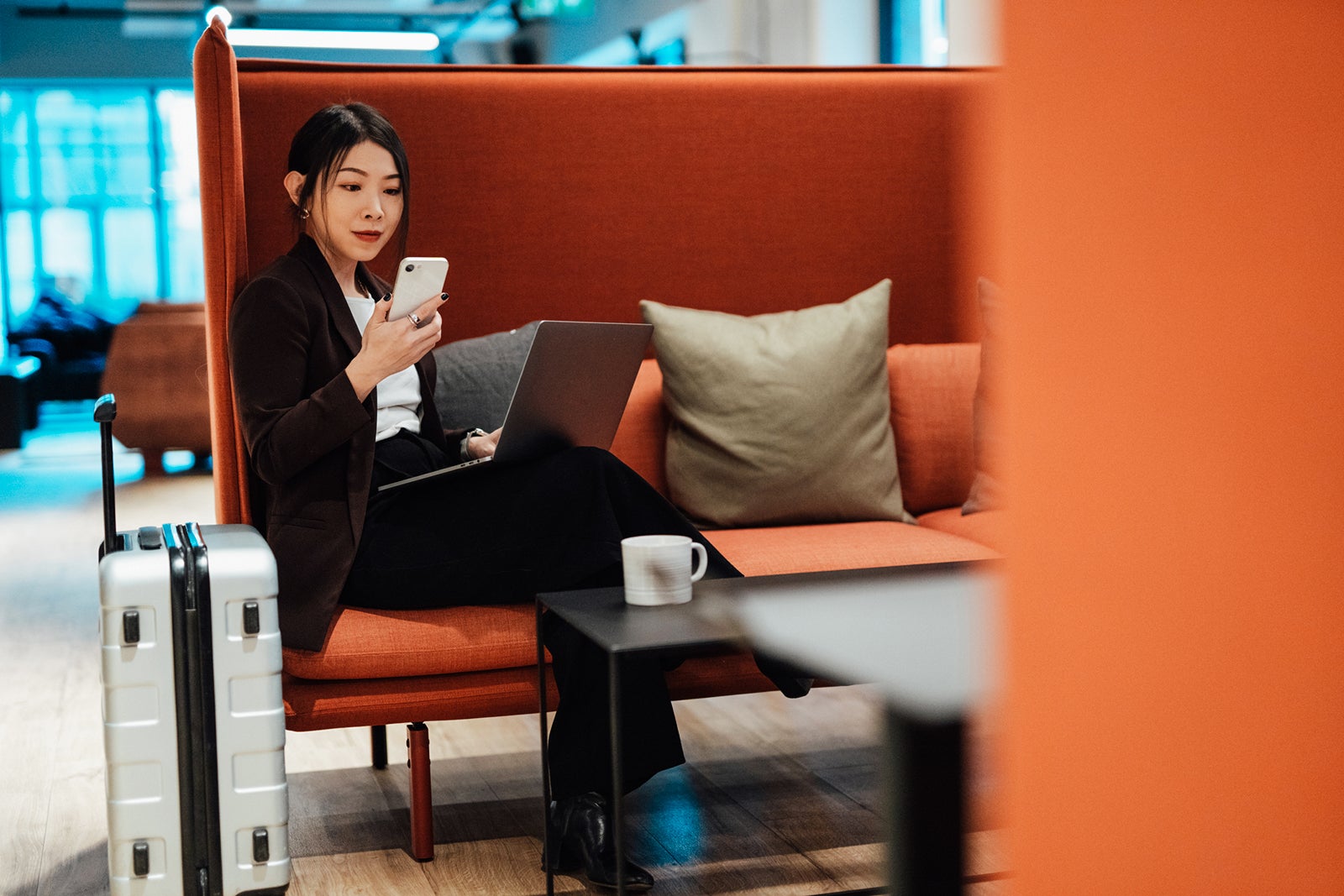
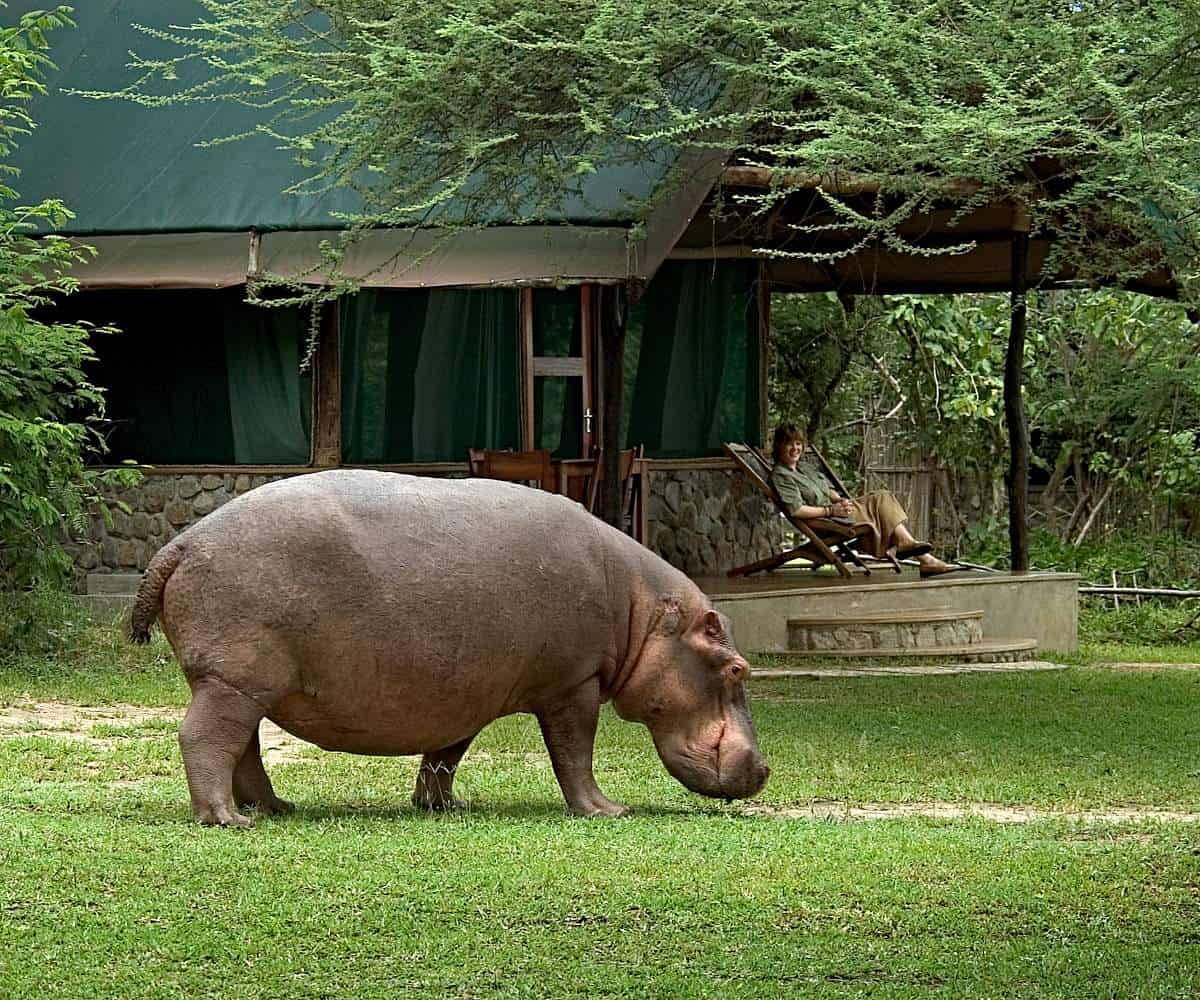


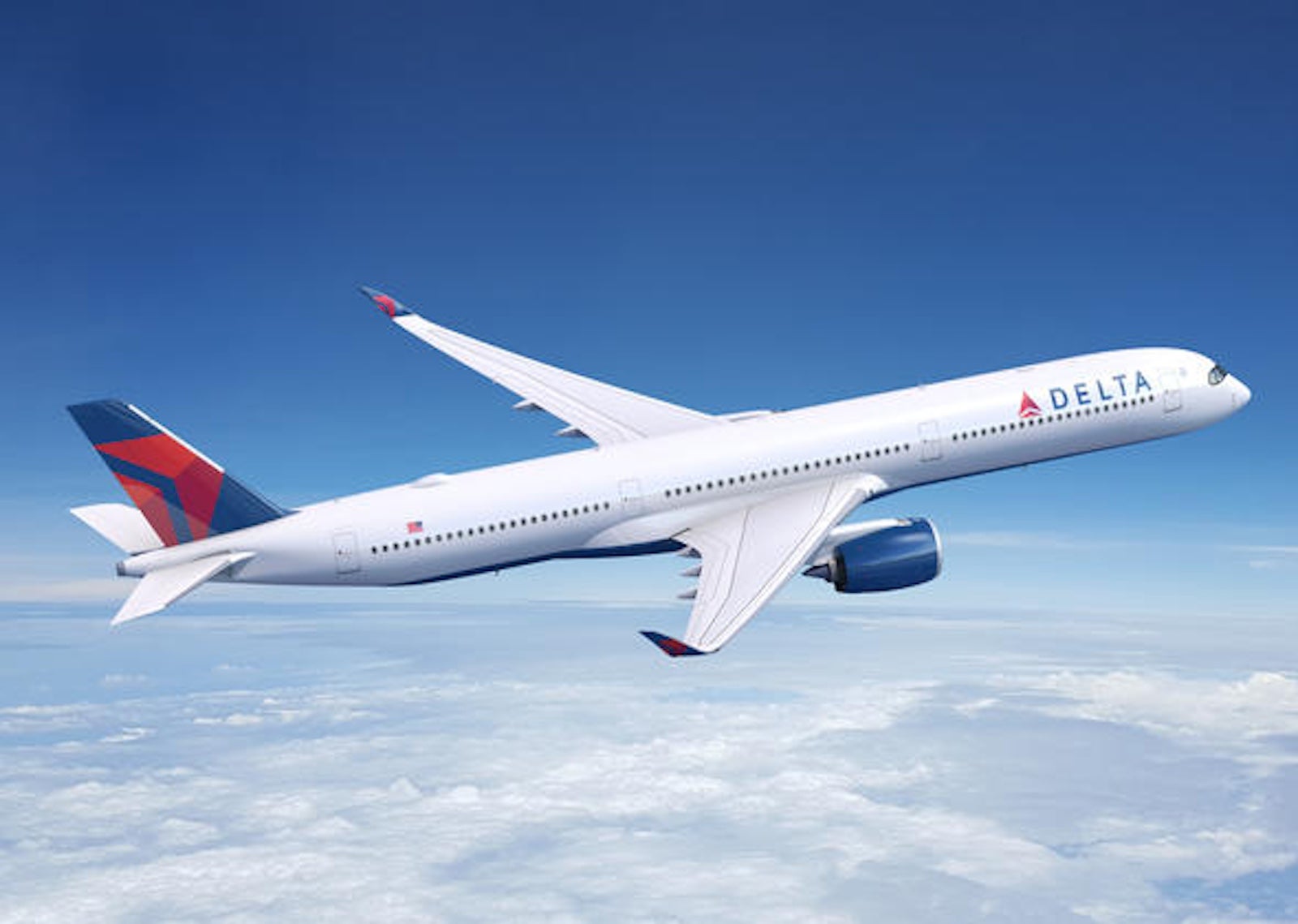
![GoPro HERO 13 Review – The Ultimate Camera Guide [2024]](https://www.nomadasaurus.com/wp-content/uploads/2024/09/GoPro-HERO-13-Black-Review-Feature-Image.jpg)


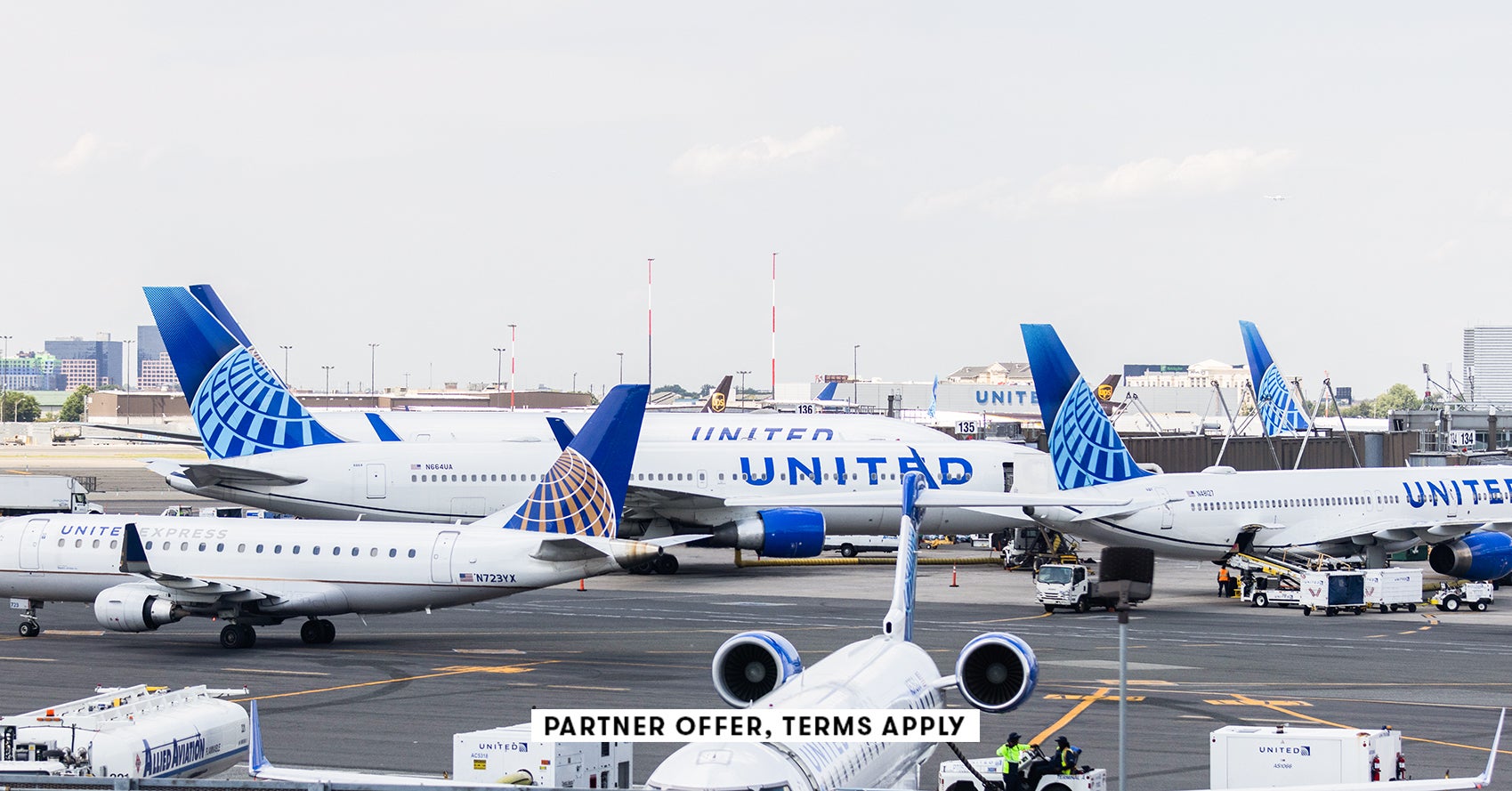



 English (US) ·
English (US) ·